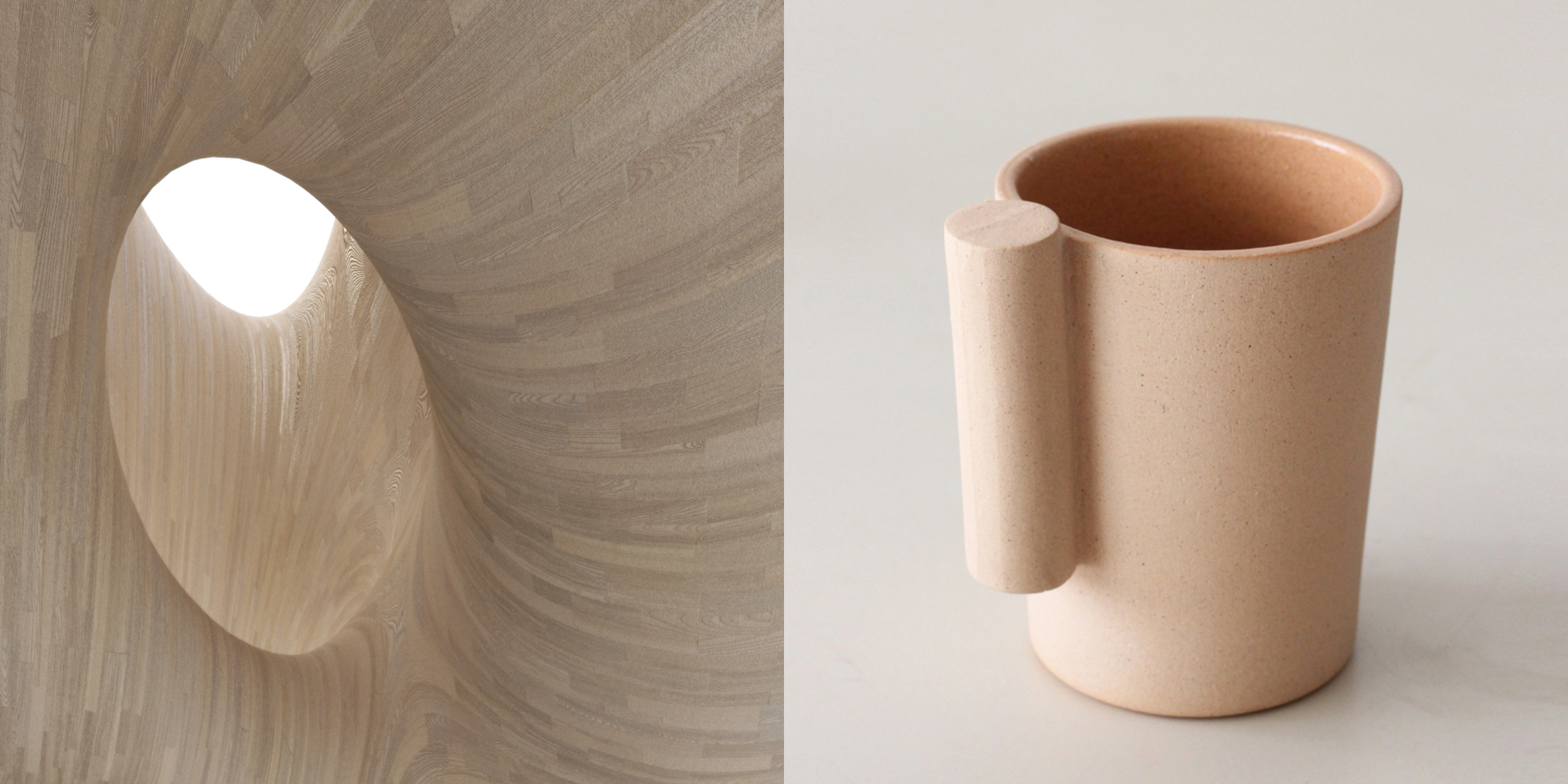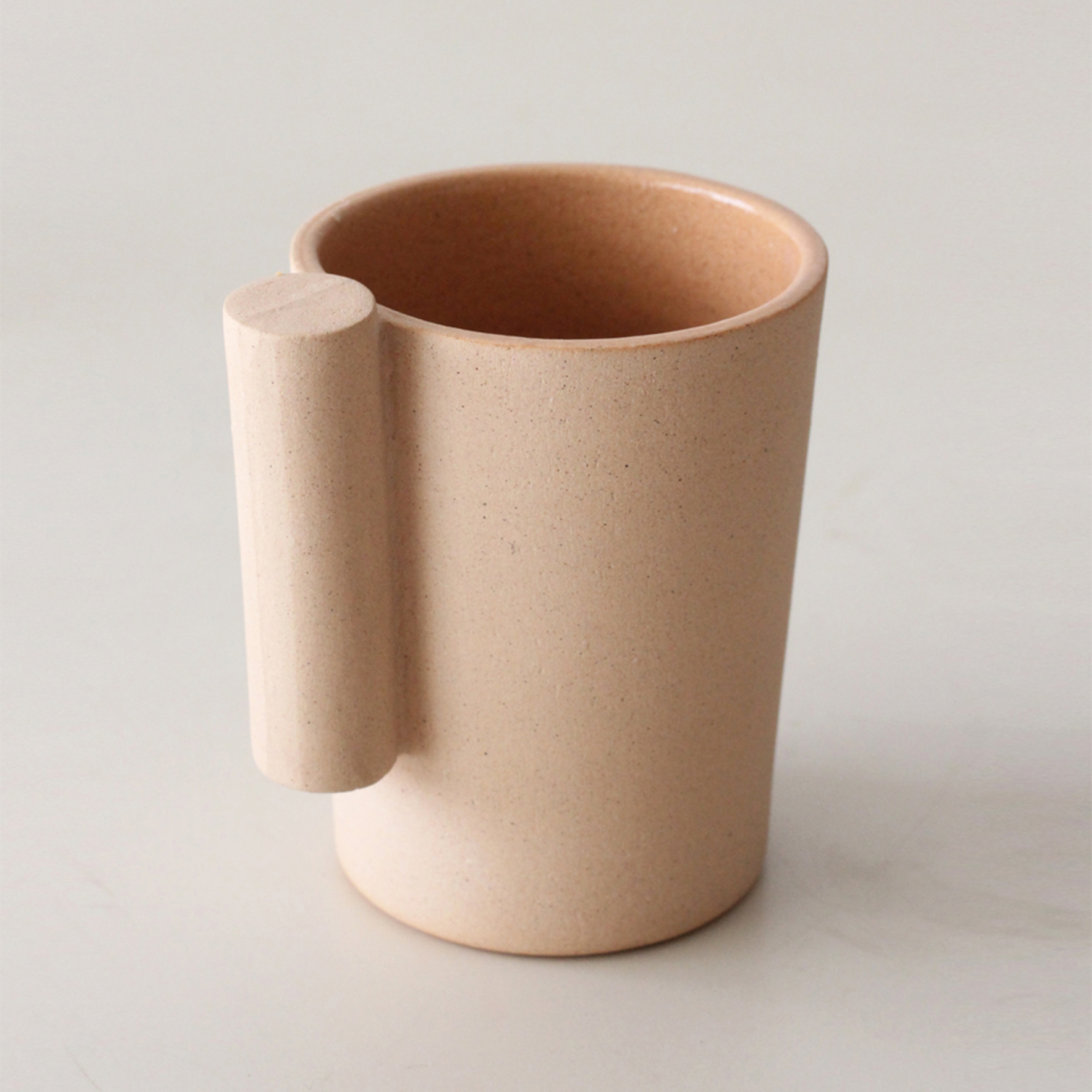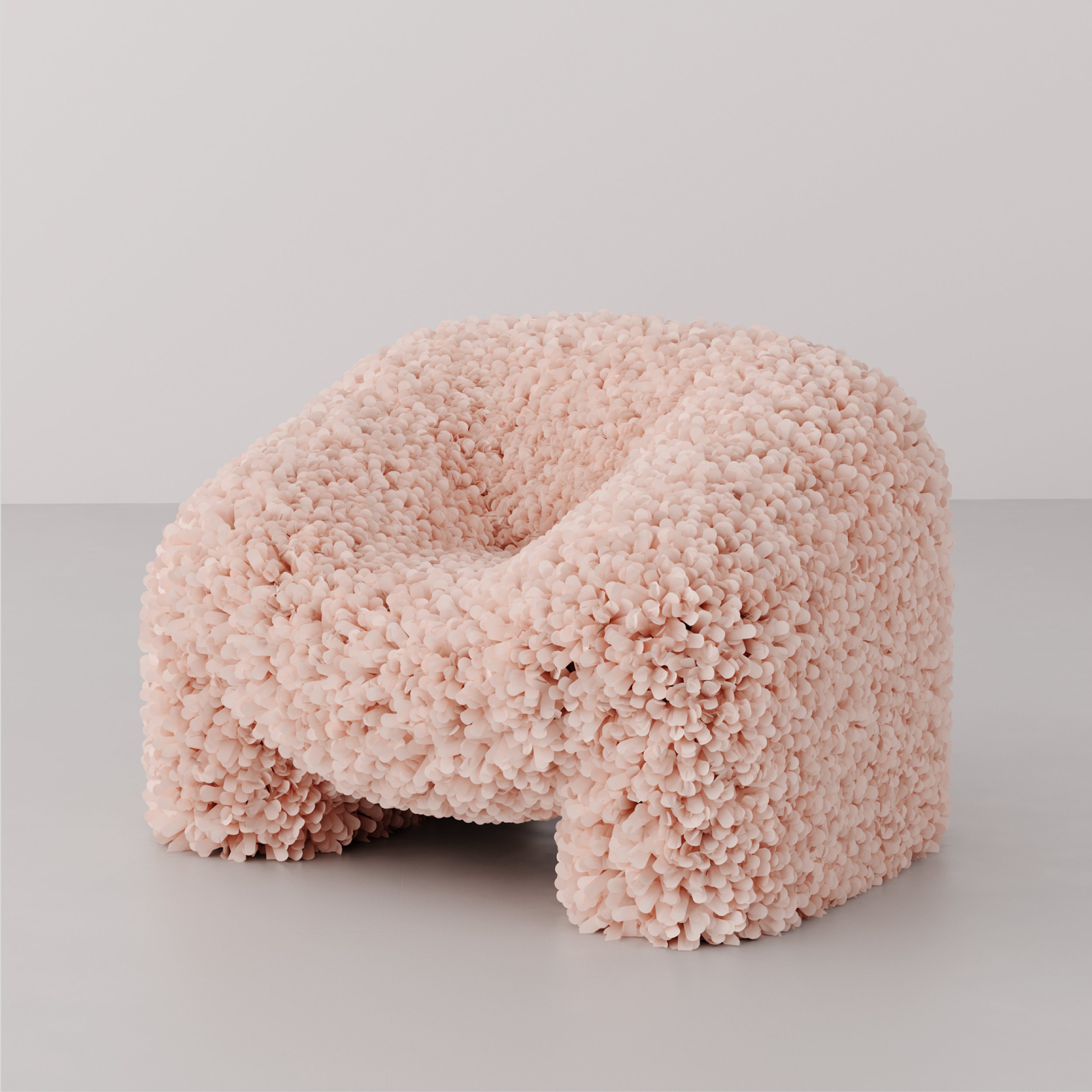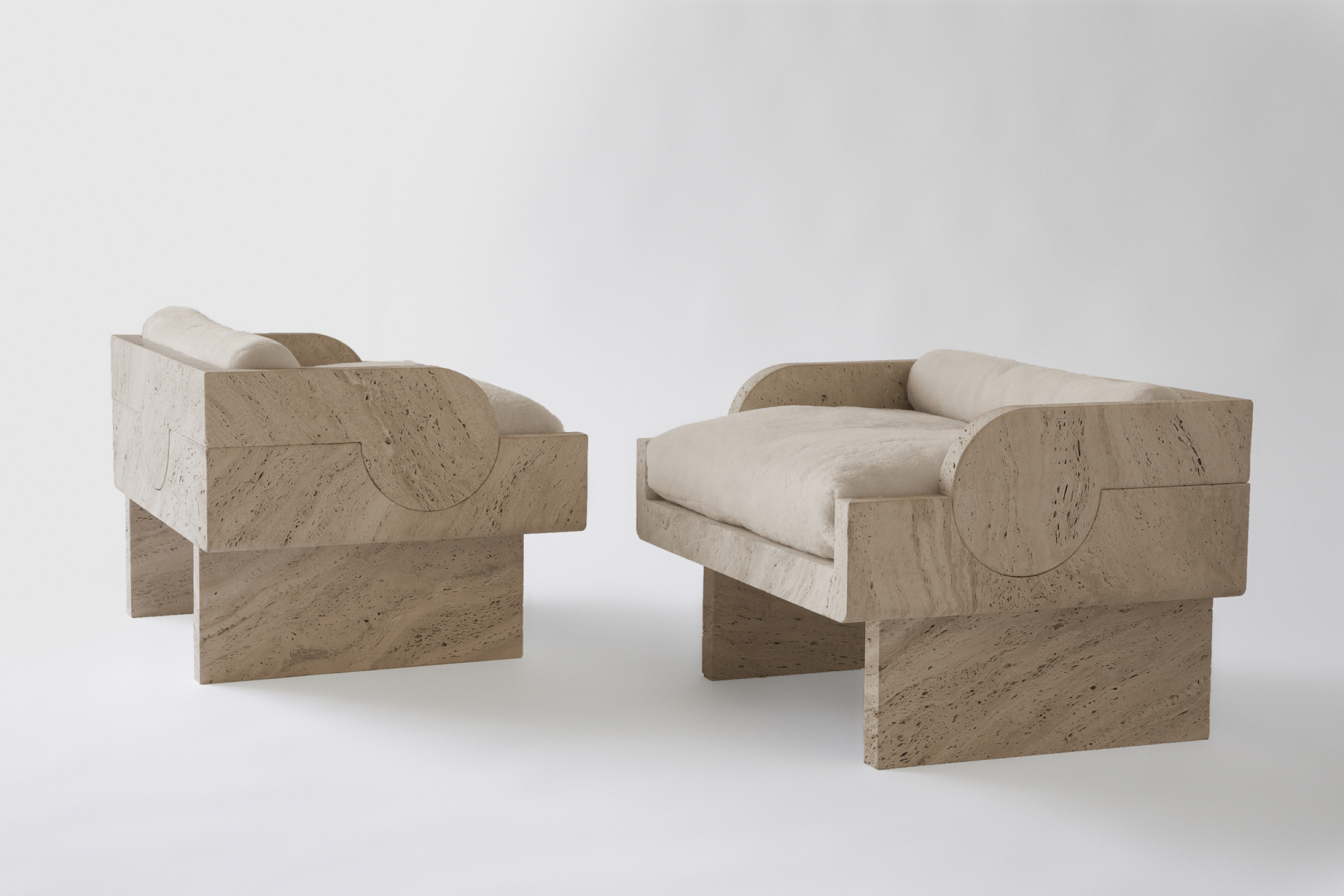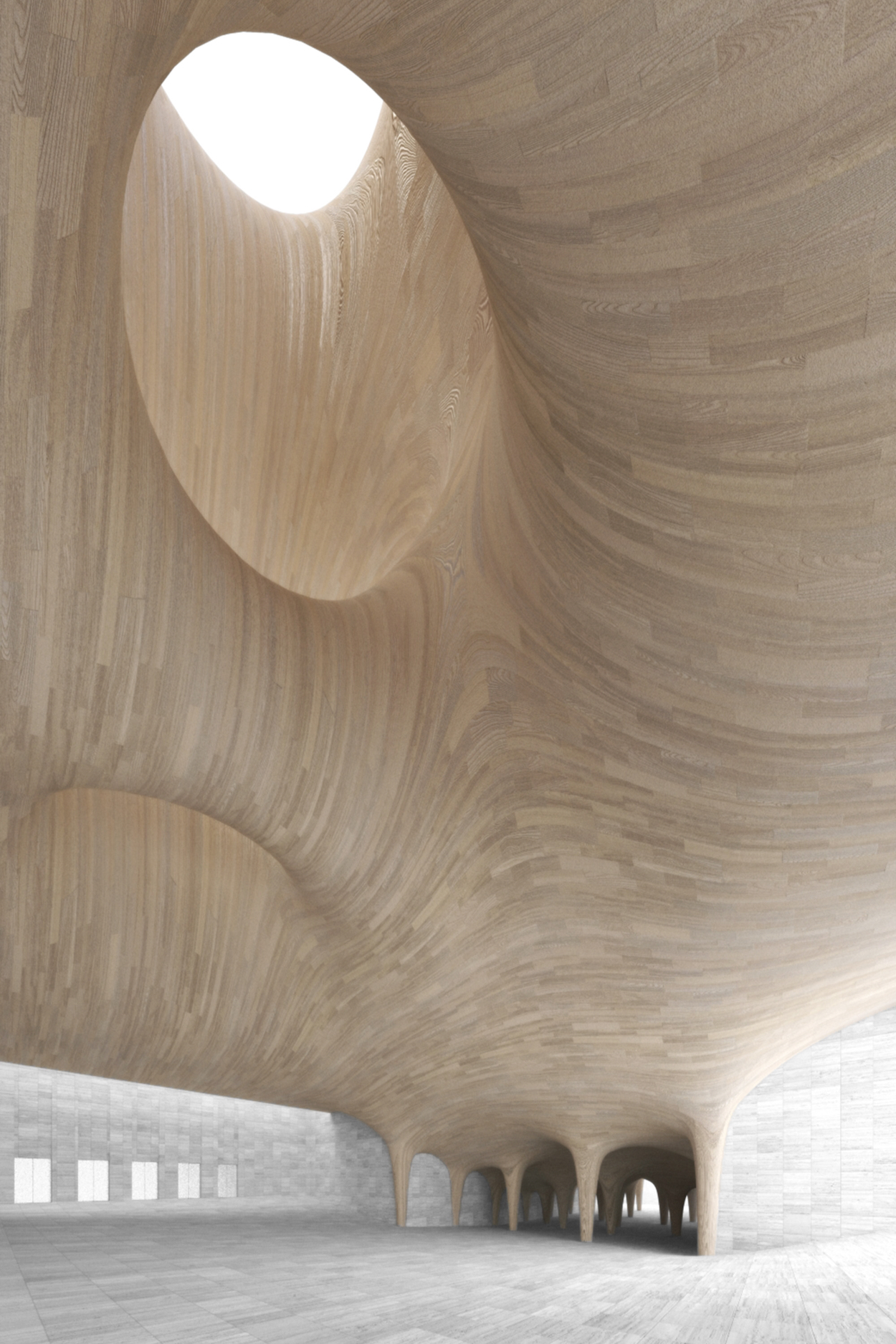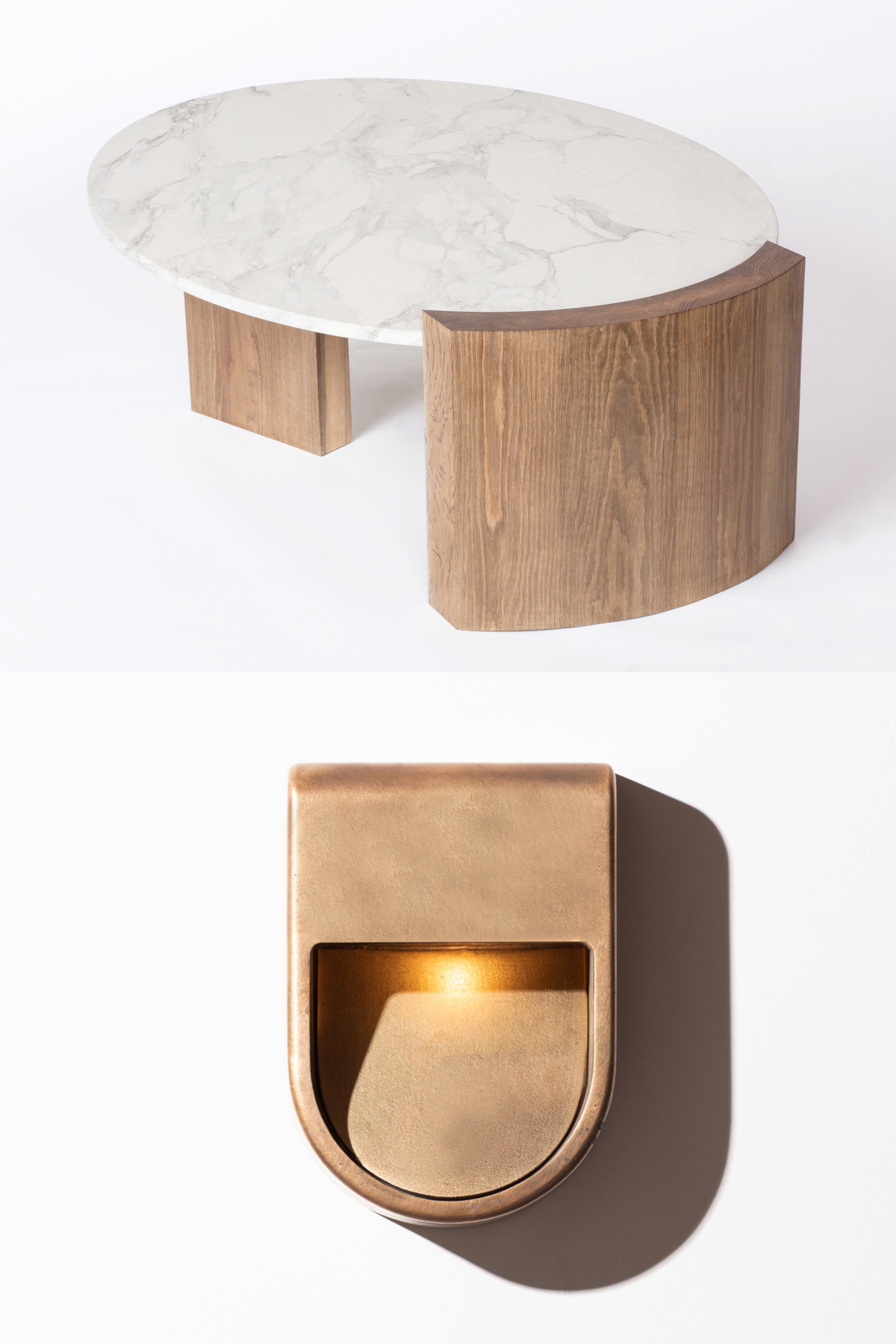«Slow Living» – The poetry of simplicity
Joan Billing & Samuel Eberli • 19.03.2019
Trends are not developed by self-appointed «gurus» or anonymous institutions, but reflect the aspirations of the relevant period of time. They change according to the developments in society. They can be observed in social flows and global political events, researched over a longer period and manifest themselves as the requirements of the relevant consumer generations. The latest example: «Slow Living». The Millennials lead the way with deceleration, which is also expressed in the selection of materials for rooms and products.
Less, but better
The «Slow Living» trend mirrors the new spirit of deceleration, a more conscious lifestyle and reflection on the important things. The mantra is quality instead of quantity. Our life is now often perceived as being hectic and crammed full of lots of impressions and even more work. We frequently forget that we have only one life and it’s important for us to take the time to enjoy it. It’s no secret that our society longs for things to slow down. However, the fact that it’s becoming a subject with increasing social relevance is demonstrated by the phenomenon of the Millennials, who focus on conscious enjoyment, less work and instead more time for taking things slowly.
Kop ceramic beaker by the designer Akiko Oue with handles like door handles. Production Takuya Yamamoto 2014. Photo Akiko Oue.
Trust in intuition – Generation Z
The Millennials are the first generation to grow up from birth with new digital media. Although high tech is part of their everyday lives, they also criticise the digitalisation and increasing use of technology in our world. It’s precisely Generation Z, in other words people born after 1997, who actively want to bring about changes because they view global developments such as urbanisation, environmental problems and climate change very critically. Gaining experience and having adventures are more important to them than consumption and ownership. That’s why they are extremely interested in design processes and craftsmanship. This Generation Z attaches great importance to sustainability, transparency and logic and appreciates authenticity – as do the Millennials. For these generations honest storytelling and the product are in the foreground. Both want to know under what conditions the products were made and what they contain. In doing so they are turning everything from the past on its head – from production to retail – and will change future consumer behaviour and the world of work. These generations naturally work in an interdisciplinary way and playfully combine high tech and low tech. They are therefore demonstrating a new outlook for our society and will follow careers, which are not yet in existence today. Many jobs are likely to be involved with improving and preserving the environment. In the future they will create an increasing number of personified products and concepts «with soul». Sustainability shows the approach to the solution and the following principle applies: «Less, but better». If one thinks that Generation Z will be largest consumer group in the world with the greatest purchasing power over the next six years, one can assume that they will revolutionise our world.
Digital interiors and furniture
The designer Andrés Reisinger whose studio is in Barcelona clearly belongs to this Generation Z that thinks along interdisciplinary lines. Although he grew up in Buenos Aires, he already learnt to experiment with different materials and produced toys with his grandparents, who were both craftspeople. They taught him what it means to create something new from scratch. This experience runs like a central theme through his work, which is free of the limits of the physical world, development and production thinking. A good example of this is his voluminous, pale pink, digital «Hortensia» chair. It looks so real that one has to think about which material was used to make it. It’s only at the second glance that one realises that it’s a digital chair. Andrés Reisinger is the perfect representative of Generation Z, which develops new visions and new outlooks and is therefore creating new careers and new pathways.
Digital project by the multi-disciplinary designer Andrés Reisinger: Hortensia chair 2018. Visualisation Andrés Reisinger.
Slow materials – slow colours
The so-called «slow» movement is being established as part of deceleration and is involved in developing a new understanding of design. The focus is on natural materials, combined with tactile qualities, which are preferred by Generation Z. Their longing for durability also triggers the search for our roots. Through Generation Z we are experiencing the great renaissance in craft and handmade products. Old traditional craft skills such as carpet weaving, ceramics or weaving techniques with paper yarn have become fashionable again. Materials such as slate stones, clay, flax, linen, untreated wood and metals such as copper and gold, which had almost been forgotten, are entering our everyday lives. Also marble, which has long been a favourite of the young design and architect scene, is once again spreading through every discipline and industry. Other stones will also come back into the limelight. Travertine in various shades of white, cream and brown is being re-discovered by the young generation of designers. The sculptural «Gallipoli» armchair in light travertine by Stéphane Parmentier is representative of this «stone generation». Parmentier’s professional career-path is typical for Generation Z: He started off in the fashion industry including at Lanvin, Hervé Léger and Karl Lagerfeld and then moved to interior design. Another feature of this new design language is the search for new volumes and reduced shapes, accompanied by a new colour range of «slow colours» consisting of monochrome, natural shades such as beige up to almost powder pink and various stone colours with «nude» tones. They slow down our society both in the real and digital world. We therefore suddenly also like a chair in rosé.
Gallipoli armchair by Stéphane Parmentier for the Ormond Edition Puglia Collection. Armchair with travertine and lambskin cushion. Photo Ormond Edition.
Slow architecture – slow design
A strong vision of these new worlds is for example reflected in the draft project by the «Matter Design» architectural practice in Boston for the competition run by the Guggenheim Museum in Helsinki. It’s creating an interior space the likes of which have never been seen before. The space in wood and stone is puristic, sacral, sculptural and yet very warm. The Matter Design architectural practice regards its work as a research laboratory and works on an interdisciplinary basis with composers, historians, artists, industrial partners and other creative people among others. Its projects are a hybrid synthesis of art and science. Another good example of this new interdisciplinary way of working are the items in the de Troupe design studio based in Los Angeles, which Gabriel Abraham set up in 2011. The former draughtsman, scenographer and production designer creates and produces a series of unique, sculptural and contemporary furniture, fully in line with the idea of «slow design». An example of this is the minimalistic and yet opulent-looking Jia table made of untreated oak and travertine or the brass-coloured Kyoto wall lights in sand casting. His limited collections are created from the concept to completion together with a local team of craftsmen. His objects are a pure reduction to beauty and the main elements and fully comply with the new language of shape and materials.
Left Guggenheim Helsinki Cultural Center: Social Aeration by Matter Design. Visualisation by Matter Design 2014. Right Jia table with solid wood elements and a marble top by Atelier de Troupe in Los Angeles (Photo Atelier de Troupe) + Kyoto light brass casting with raw casting surface by Atelier de Troupe in Los Angeles. Every casting mould is incorporated individually by hand in the casting sand (Photo Atelier de Troupe).
All these natural materials and new visions of Generation Z bring us closer to ourselves again and move the important things – people – back to the centre. It’s therefore no surprise that the «slow» movement has shifted to other areas and accentuates slow living, slow design, slow fashion, slow food, slow media, slow architecture etc. In the meantime «slow education» promotes the right to boredom because this is the only way that new ideas occur. The word «slow» in this context not only means slow, but is also an acronym, which is composed of the English terms S – Sustainable, L – Local, O – Organic, W – Whole. And generation Z will lead, characterise and shape the movement.
